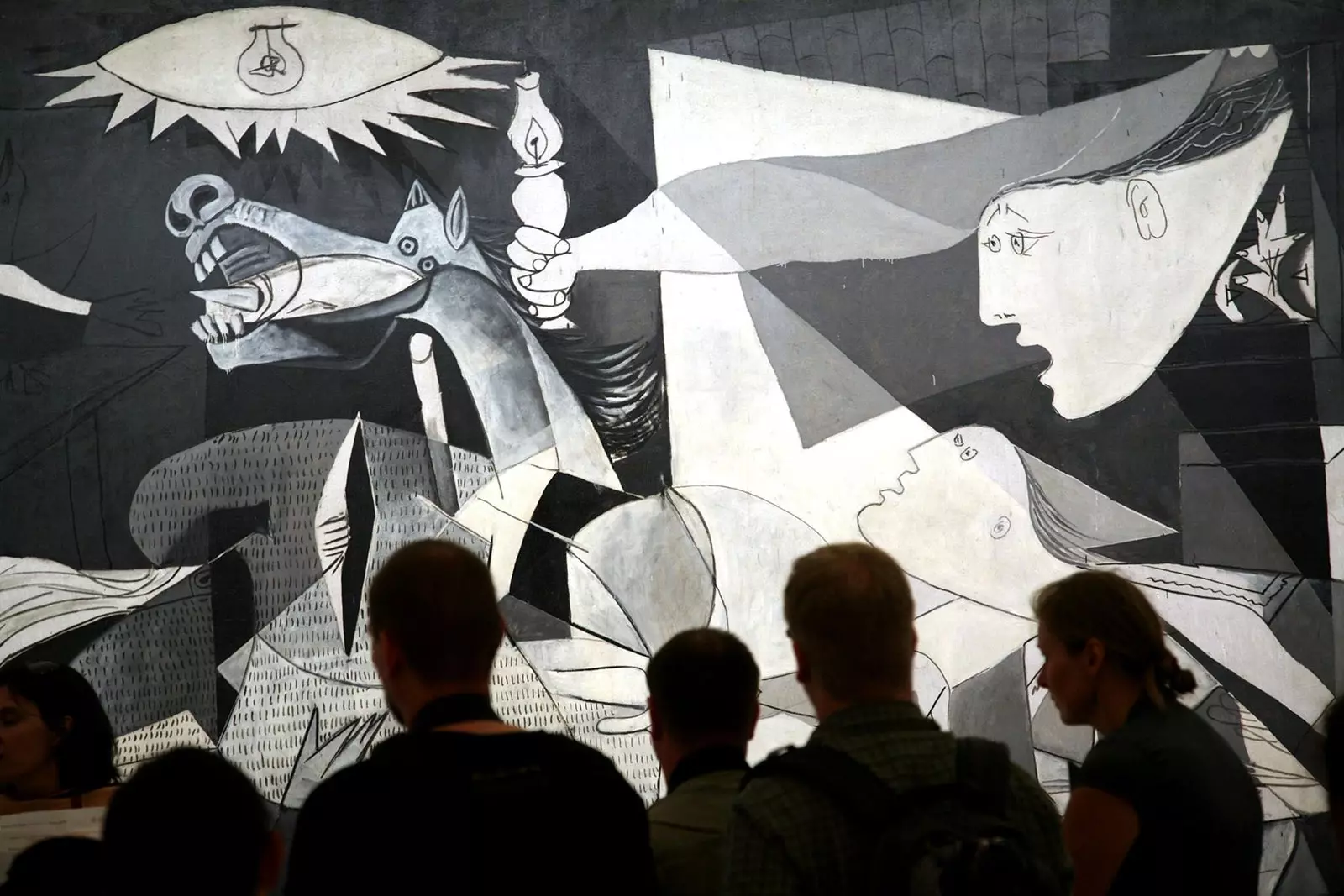
We celebrate the 80th anniversary of the work
1. IT WAS A REPUBLICAN ORDER
A delegation made up of, among others, Max Aub or Luis Lacasa, he visited Pablo in Paris to send him his request. This consisted of a large mural of 11x4 meters to cover the atrium of the Pavilion of the Spanish Republic of the 1937 Paris International Exhibition.
The first response was doubt fueled by the fact that Picasso had never painted a painting of such dimensions. However, in the end he accepted the task and, after much trial and error, managed to paint 'Guernica' in just 7 weeks.
two. …WHICH PAUL DELIVERED LATELY
However, this haste did not prevent the main work of the pavilion from arriving late for the inauguration. The ribbon cutting of the great Expo was at the end of May while the 'Guernica' it was not hung on his wall until a month later . This, together with other factors, caused the pavilion designed by Jose Luis Sert and Luis Lacasa was not open until July 12.
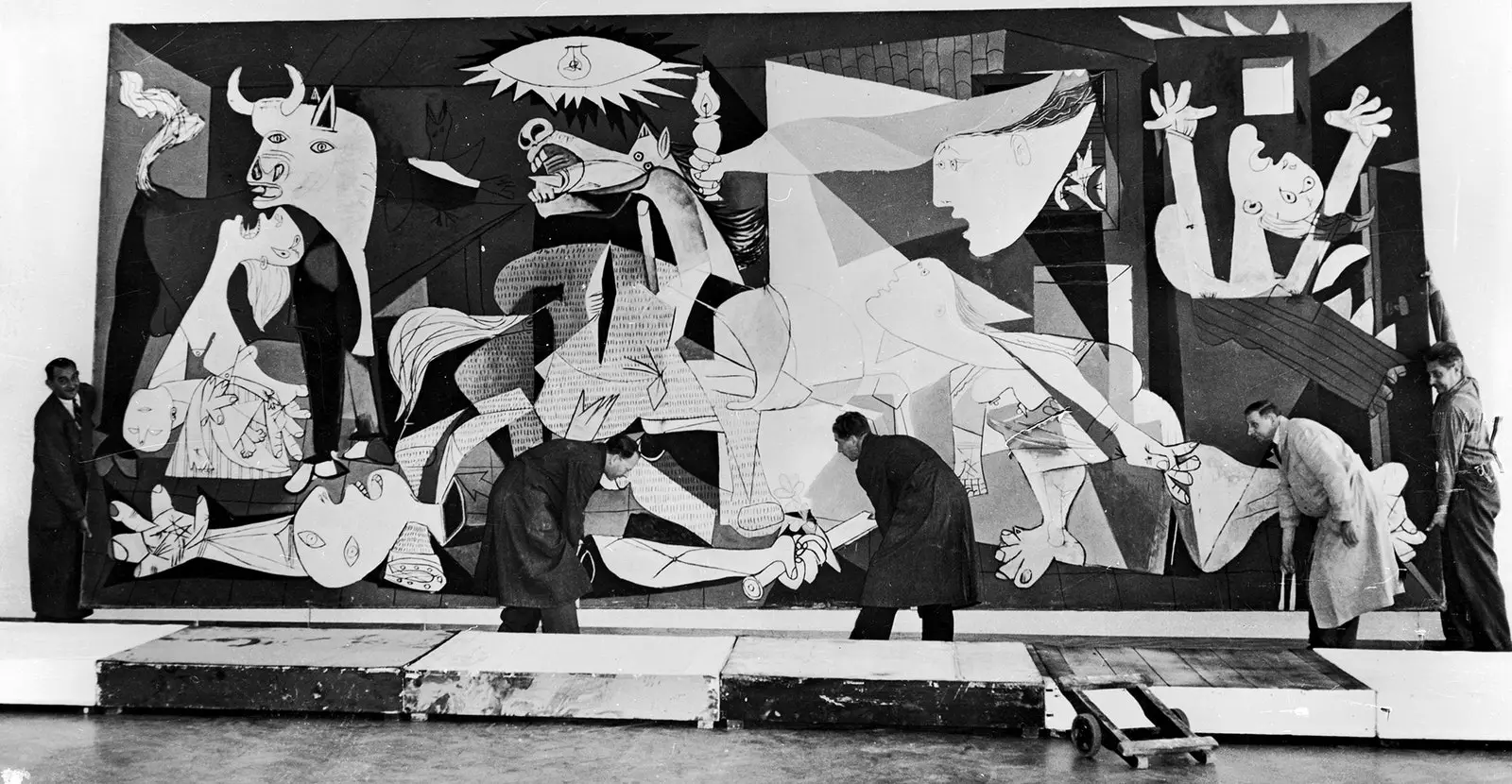
Guernica on one of his trips (Amsterdam Municipal Museum)
3. IT COST 200,000 francs
As happened with the rest of the works exhibited in this space, their cost was only that of their materials. In this case, the large mural was valued by Paul himself at 200,000 francs. The total collection, divided into two sums of 50,000 and 150,000 francs respectively, It was the argument that the Spanish State used to secure ownership of the painting after Picasso's death in 1973.
Four. PICASSO'S MOVE
The colossal dimensions of this work forced Pablo to move from the studio and take his belongings to an attic in the rue des Grands-Augustins . Interestingly, in this same building, Balzac had located the workshop of the protagonist of the unknown masterpiece , a novel that Picasso himself had illustrated ten years earlier. The size requirements they also forced him to 'Recycle' a canvas with which he was paying homage to the bullfighter Joselito.
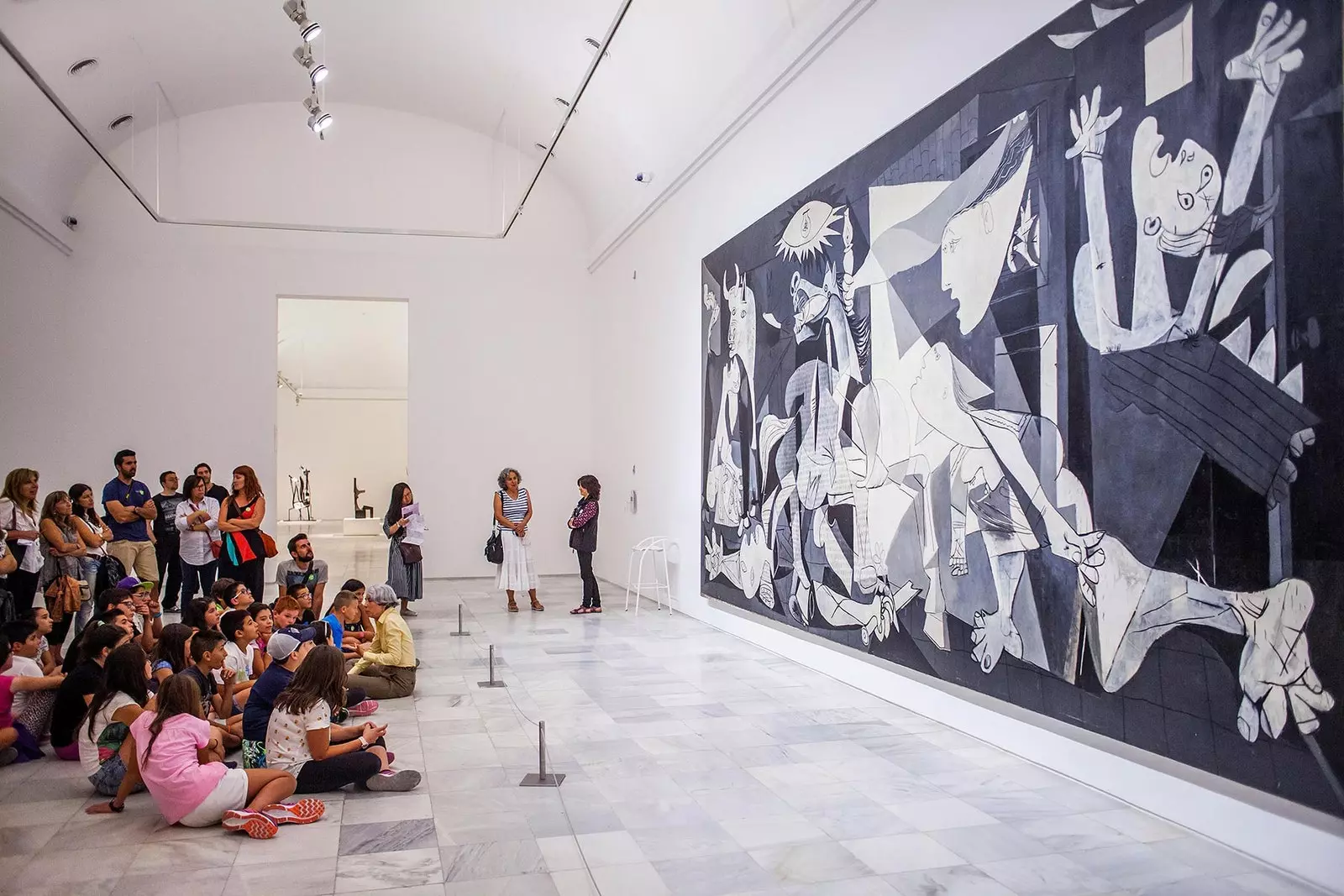
pure admiration
5. EXPERIENCED WITH MORE ESSENTIAL WORKS OF ART
In the Pavilion of the Spanish Republic not only the design of Sert and Lacasa and the great work of Picasso stood out. This subtle artistic and architectural weapon against fascism and Francoism in the midst of the Civil War also housed works by Miró, Julio González or Alexander Calder . A stellar alignment that, in some way, is recreated scattered throughout the ** Reina Sofía National Art Center Museum **.
6. WAS INSPIRED BY AN ARTICLE IN THE TIMES
Specifically, in one entitled _ The tragedy of Guernica _ published on April 27 and written by George Steer. It details the devastating effects of the bombs dropped on April 26 by the Condor Legion, as well as giving international veracity to the version of Lehendakari José Antonio Aguirre, who had to confront the Francoist defamations that accused the Basque army itself as the perpetrator of the massacre. The anger provoked by the attempt of the national troops to get rid of the dead was the one that inspired the painter from Malaga to create his work.
7. HAD SEVERAL FURIOUS AND COLORFUL SKETCHES
This great mural cannot be understood without its sketches. In total, there are up to 45 works-essays that Picasso had to carry out until reaching the final one. Among the different versions, one stands out in which he introduced a raised fist as a symbol of resistance, which he ended up rejecting as an excessive politicization of the painting. A test in which the mural was in full color also stands out..
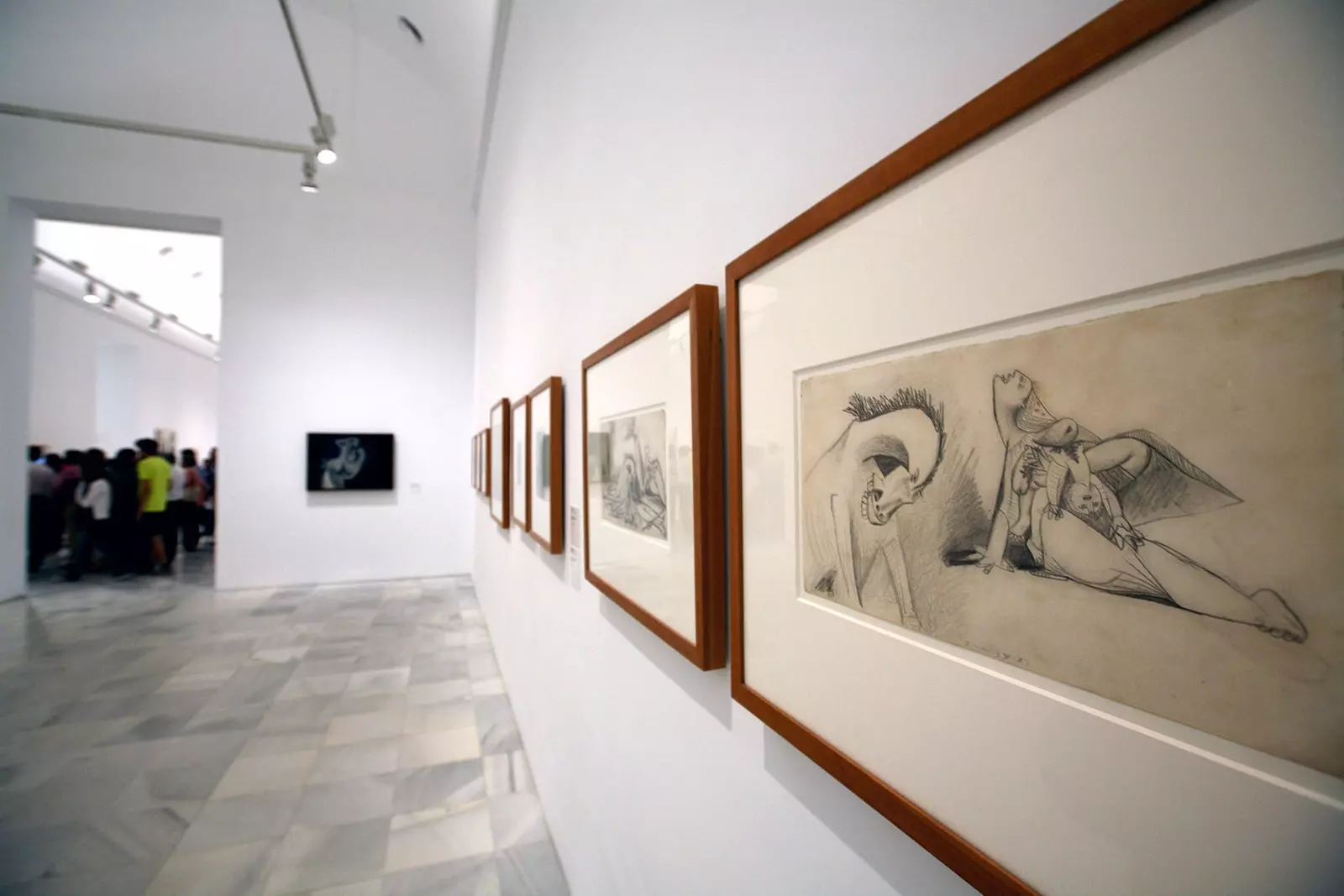
This great mural is not understood without its sketches
8. FIRST BAD IMPRESSIONS
The American Critic Clement Greenberg came to qualify the work as "stupid" while other contemporary creators such as Edward Pignon or the philosopher Paul Nizan they saw as something negative that the work did not have a major political connotation, as if the result was tenuous and not very activist. Today, few remember these surnames.
9. “NO, YOU DID IT”
Yes, the Nazis knew about this work and yes, these clashes generated a couple of anecdotes. The first, the most obvious: it was included in the catalog of creations banned and reviled by the party in the Nazi guide to the Expo. In fact, they rated her as a “mix of body parts that any four year old could do” . The second, the most curious, since it narrates the clash between Picasso and a Gestapo colonel. They say that the officer asked him, with a photograph of the work in hand, if he had been the one who had done this. To which Paul replied “no, you did it”.
10. SERVED TO RAISE FUNDS
Its use in favor of the Republic did not end with the end of the Expo. In the hands of the art dealer Paul Rosenberg, the painting traveled throughout England between 1938 and 1939 in order to raise money for the National Joint Committee for Spanish Relief (Committee for Aid to Spanish Refugees) of London. The negative part of these fluctuations were the small damages that it suffered in the transfers.
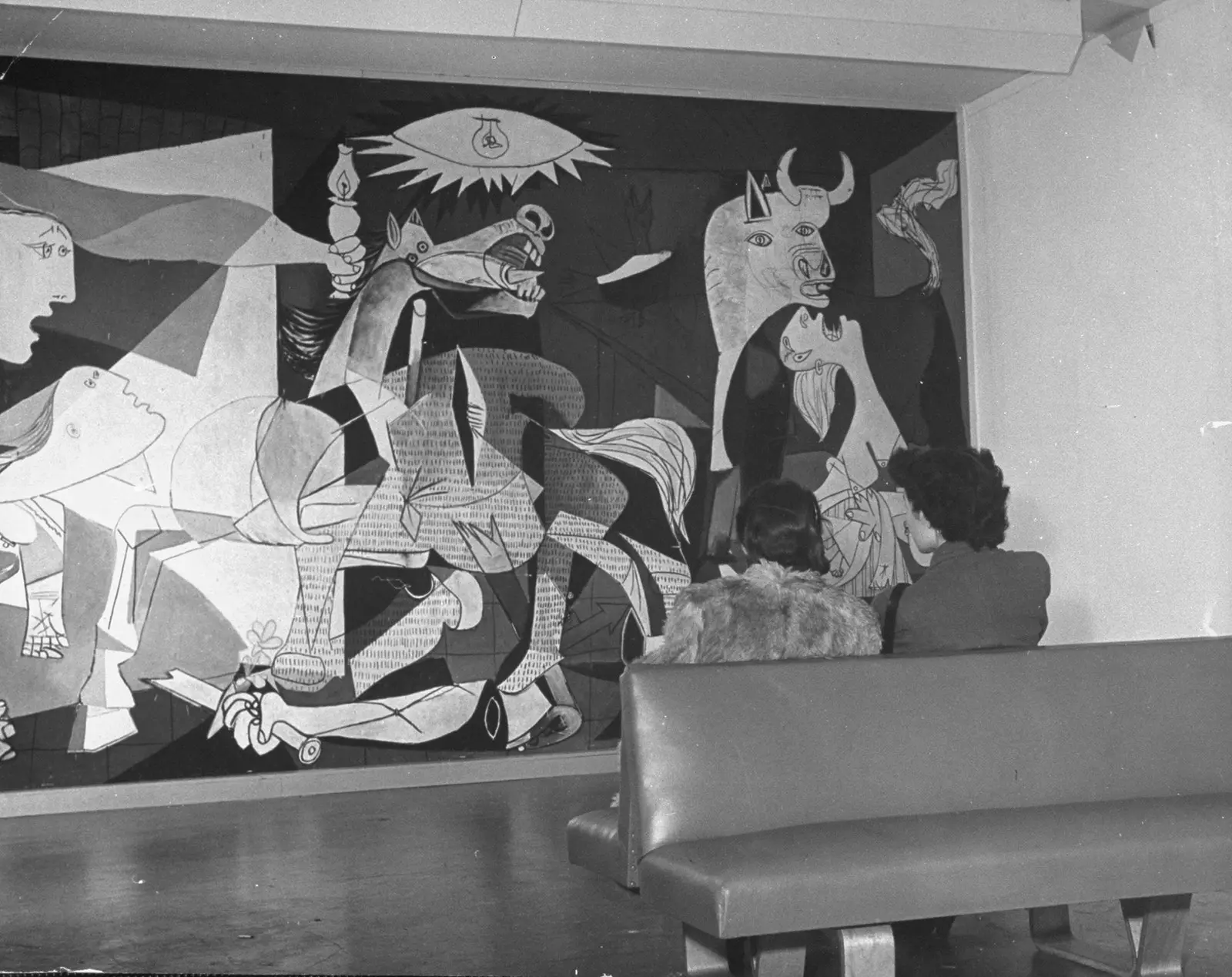
Guernica at MoMA
11.**HIS FIRST HOME WAS THE MoMA**
It was the wish of Pablo Picasso himself that the painting would not set foot on Spanish soil until Francoism fell. For this he chose MoMA, a museum that was not only an institution, but also served as a showcase for avant-garde artists and creators. From there he traveled throughout the United States and around the world on different occasions, fueling the fame of the painter from Malaga until he became the most recognizable artist of an entire generation.
12. WAS ATTACKED IN 1974
Since 1958 he lived "quietly" in the halls of this American institution. The only shock to the mural during this time was an inconsequential attack. The perpetrator, Tony Shafrazi, belonged to the group **AWC (Artist Workers Coalition) **, an organization that understood art as an almost literal weapon against the Vietnam War.
On February 28, 1974, Tony decided that the best way to complain about the amnesty that Nixon had granted to William Caley (one of those responsible for the My Lai massacre) was to take a pot of red paint and paint on the Guernica the phrase "Kill lies all" ("Kill all the lies").
Fortunately, a coating of resin that the museum had previously applied to the painting prevented the attack from being more than a bombastic headline for the March 1 news.
13. THE REINA SOFÍA WAS CREATED FOR HIM
Although with some nuances . It is true that one of the factors that promoted the creation of this great center for contemporary Spanish art was the need to have a space for this great work once it returned to Spain in 1981. Its first national home was the Casón del Buen Retirement, but in 1992 it moved definitively to its current location.
Of course, both the mural and the room seem to dialogue with each other and be aesthetically symbiotic, since it is one of the few rooms in the old Sabatini hospital that are not soulless or disproportionate. In addition, the adjoining galleries allow exhibiting the 45 sketches that are preserved, as well as the Dora Maar's photographs that document their creation process and the model of the Pavilion of the Spanish Republic where it was exhibited for the first time.
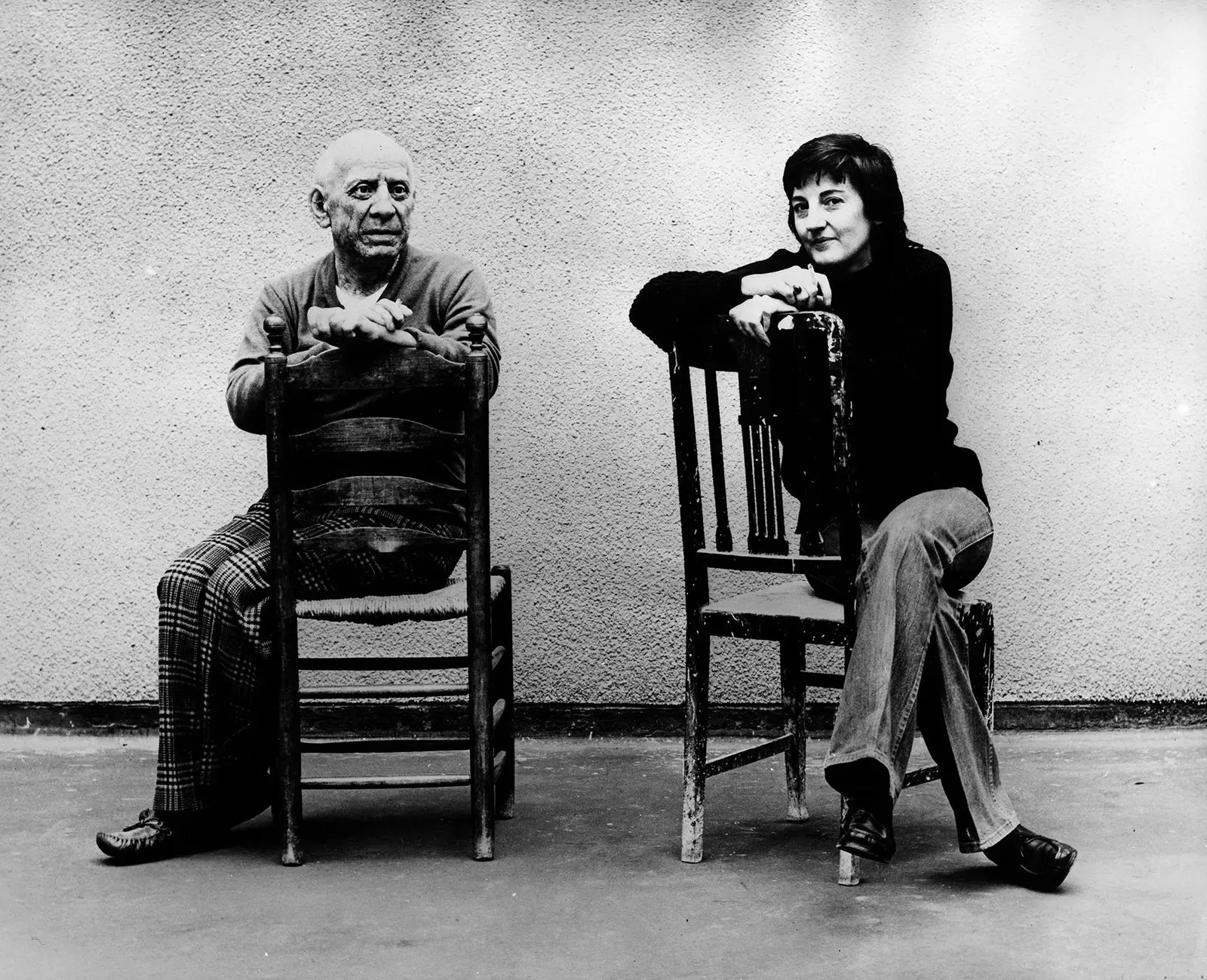
Jean Fraser next to the wax figure of Pablo Picasso
14. THE DOUBTFUL (AND PROFITABLE) SYMBOLOGY
The 'Guernica' has as many details as theories about the meaning of each character and each scene. However, Pablo Picasso always refused to answer any question about what lies behind each gesture. There are theorists who justify this attitude as one more gesture of genius. There are other experts who define this nebula as "interested", since it served as kerosene for speculation, the construction of myth and its own language.
Be that as it may, the reality is that Picasso never had to look at his savings account again since he painted this painting. Behind this accumulation of decisions was his representative and main dealer Henry Kahnweiler, who recommended this strategy to him and who, in turn, almost betrayed him when he assured that Picasso had confessed to him that the famous sun-lamp was “only” a necessary device to give light and shadow to the painting.
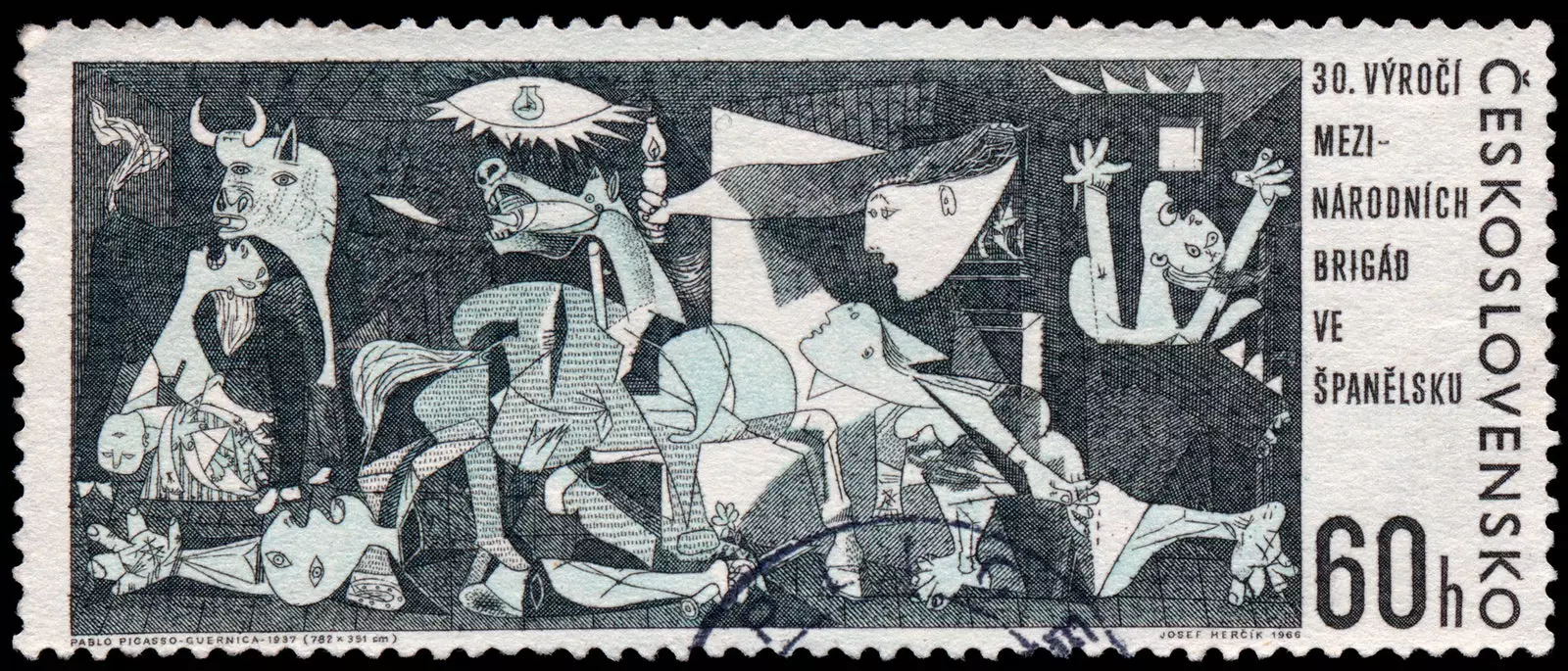
Czechoslovak stamp of 1966
fifteen. tripartite heart
Of all the speculations that surround the work, one of the most plausible is the one that ensures that the three women who at that time occupied (or tormented) Pablo's heart are represented in the mural. On the one hand, the past Russian dancer Olga Khoklova , the wife whom he tries to forget by representing her in flames in the man who implores looking at the sky. A double metaphor with which he also criticized the persecution of art by the rebels.
On the other hand is Marie Therese Walter , lover of the painter and mother of his daughter Maya, whom he represents leading the way despite the 'shock' of the massacre as the woman with the oil lamp.
Finally, Dora Maar, his sentimental and intellectual companion for in the moments in which he painted the painting, she could have a double presence, both in the kneeling woman who bursts into tears and in the androcephalic bull, since her features resemble those of this French artist.
*Article published on April 4, 2017 and updated on April 26, 2019
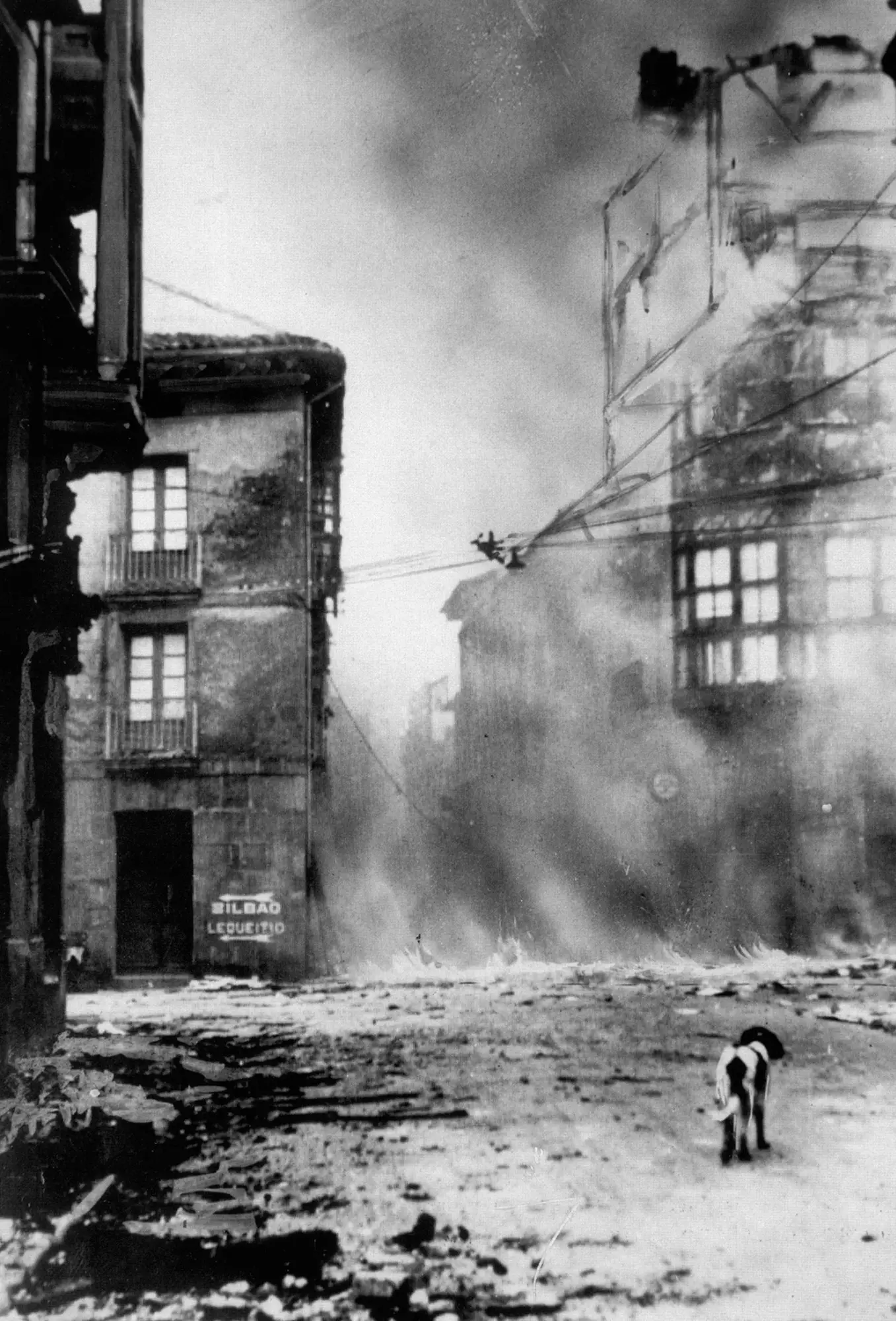
Guernica, bombed, on April 26, 1937
